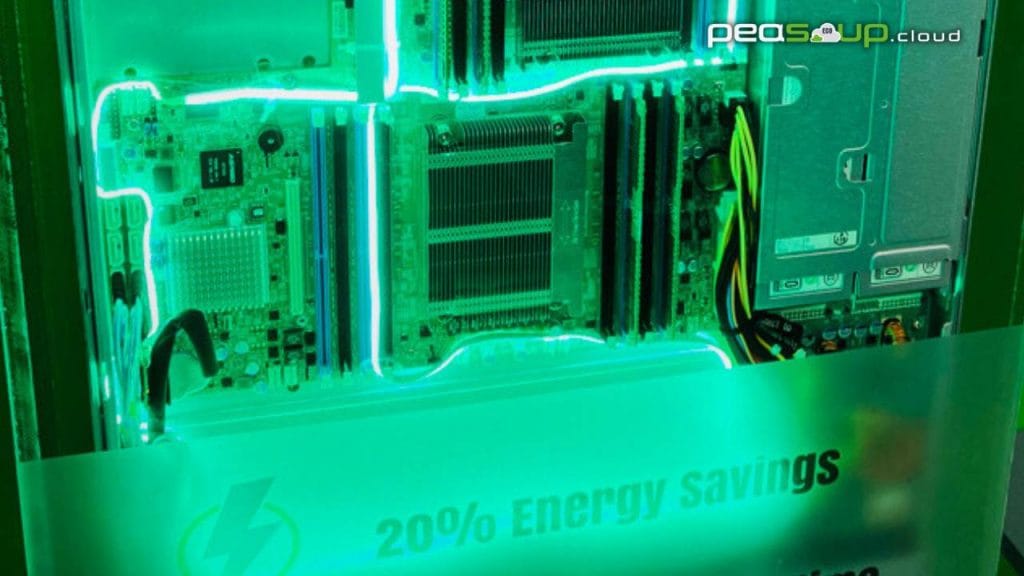Sustainable solutions in data centre cooling
In today’s digital age, data centres are the backbone of our online world. However, the energy-intensive nature of these centres has raised significant environmental concerns. As global efforts to fight climate change, in alignment with the Paris Agreement, gain momentum, the data centre industry is making strides toward green data centre cooling.
The alignment to sustainable digital transformation entails leveraging renewable energy sources and adopting eco-conscious practices to reduce the carbon footprint. In this article, we explore eco-friendly data centre cooling, emphasising the adoption of renewable energy sources and innovative technologies like liquid immersion cooling. We highlight data centres’ alignment with global climate goals, like the Paris Agreement, to reduce their environmental impact and promote sustainability in the digital age.
Meeting climate goals
The Paris Agreement is a landmark international treaty which was established in December 2015 to address the critical issue of climate change. At its core, the agreement seeks to limit global warming to well below 2 degrees Celsius above pre-industrial levels. Achieving this goal requires substantial reductions in greenhouse gas emissions across all sectors, including the data centre industry.
A paradigm shift in cooling
The quest for sustainable data centres has led to a paradigm shift in cooling strategies. Traditional cooling methods, such as energy-intensive air conditioning, are paving the way for innovative approaches like liquid immersion cooling.
Liquid immersion cooling is a groundbreaking method that submerges server components in a dielectric liquid. This liquid is non-conductive and remarkably efficient at dissipating heat. By immersing servers in this cooling medium, data centres can significantly reduce their energy consumption for cooling purposes.
One of the primary advantages of liquid immersion cooling is its ability to support high-density computing. As the utilisation of cloud computing continues to grow, data centres must accommodate more servers in smaller spaces. Liquid immersion cooling enhances energy efficiency and optimises resource utilisation by allowing data centres to host more servers within the same footprint.
The role of renewable energy
To fully embrace green data centre cooling powering the facilities with renewable energy sources is essential. Many data centres are located in regions abundant in renewable energy options, such as wind, solar, and hydroelectric power. By harnessing these resources, data centres can significantly reduce their reliance on fossil fuels and make substantial progress toward environmental sustainability.
Cloud computing providers, which play a pivotal role in the data centre landscape, have taken significant steps toward green energy adoption. Industry giants like Amazon Web Services (AWS), Google Cloud, and Microsoft Azure have committed to utilising 100% renewable energy to power their data centres. This not only aligns with the Paris Agreement’s goals but also sets a precedent for the broader industry.
The Business imperative of sustainability
Beyond the environmental advantages, adopting green data centre cooling practices also holds a strong business case. It can lead to substantial long-term cost savings by reducing energy consumption, thereby lowering electricity bills and bolstering financial performance. Furthermore, as consumers increasingly demand eco-conscious products and services, companies with a commitment to sustainability are better positioned in the market.
Striving for carbon neutrality and ESG compliance
In the pursuit of green data centre cooling, many organisations seek carbon-neutral certification and adhere to Environmental, Social, and Governance (ESG) principles. Achieving carbon neutrality involves balancing the emissions produced with equivalent offsetting measures, such as reforestation or renewable energy investments. ESG compliance reflects a company’s commitment to responsible practices across environmental, social, and governance aspects.
Conclusion
The adoption of sustainable cooling solutions in data centres not only aligns with global climate goals but also provides a competitive edge in an increasingly eco-conscious market. As cloud computing and data centre infrastructure continues to expand, the industry’s energy demands will soar. By investing in renewable energy sources and eco-friendly cooling techniques like liquid immersion cooling, data centres can pioneer a path toward a more sustainable, efficient, and environmentally responsible digital future. Embracing sustainability today is not just a choice; it’s a necessity for the continued growth of the data centre industry in a rapidly changing world.

